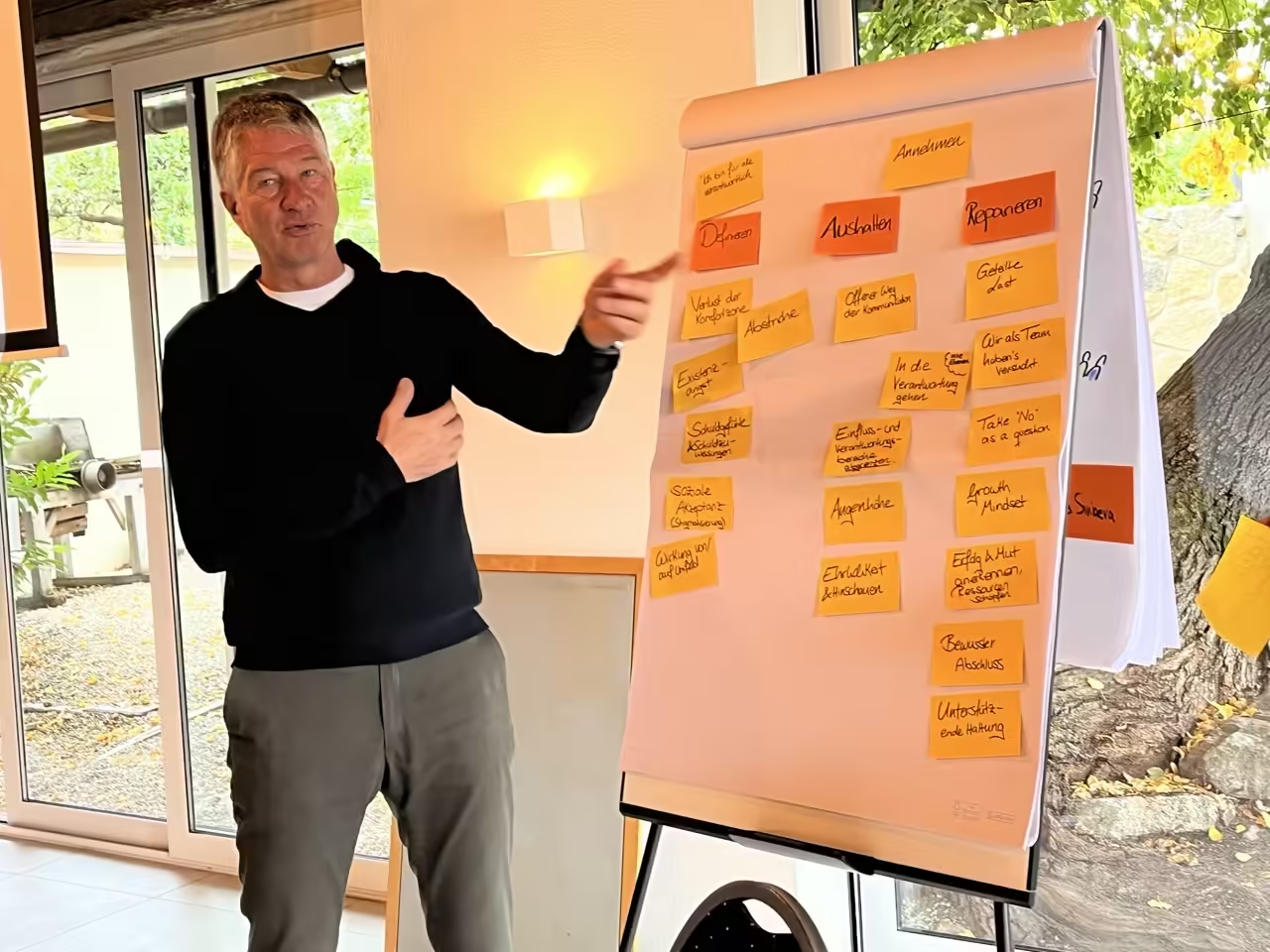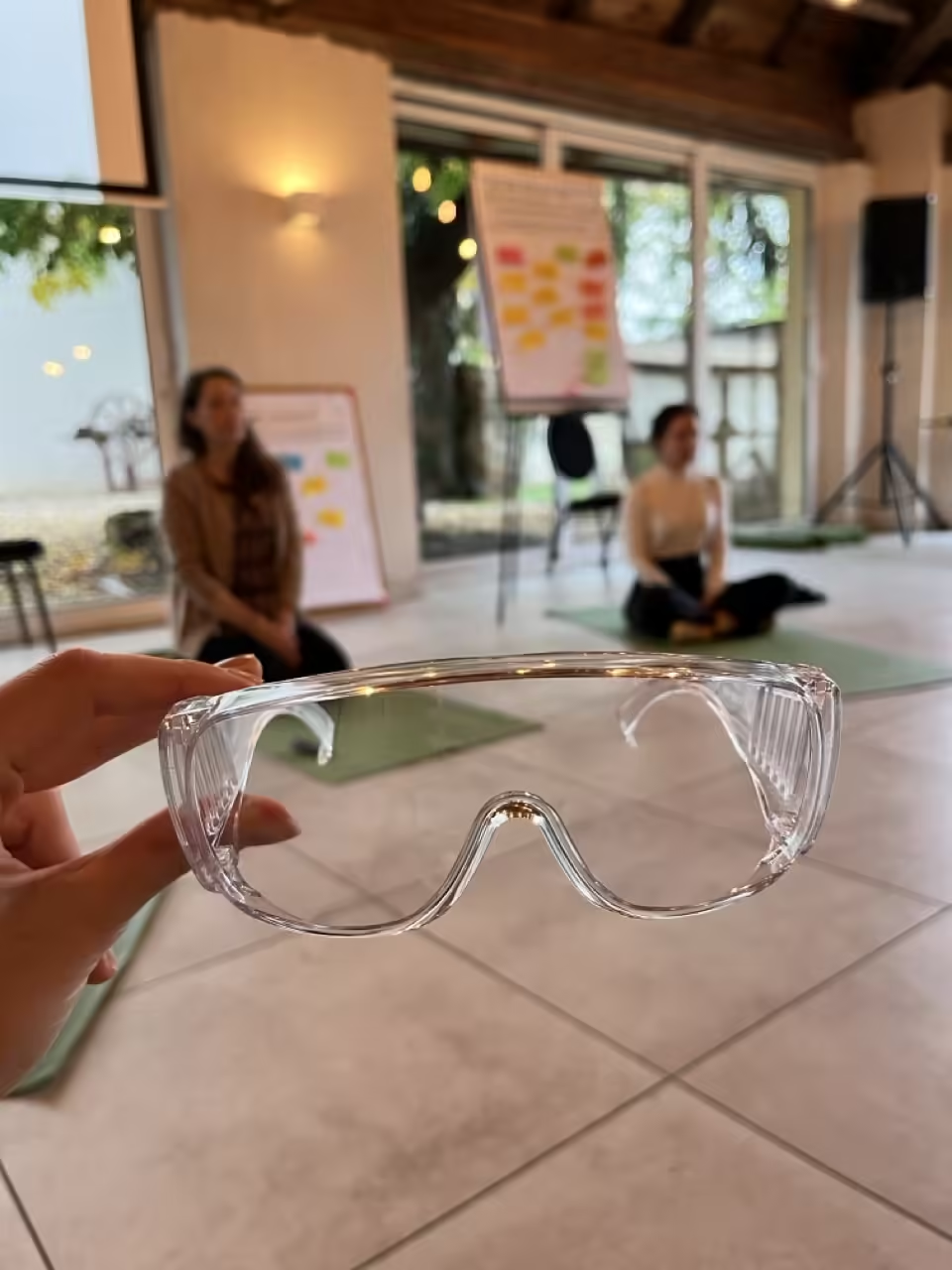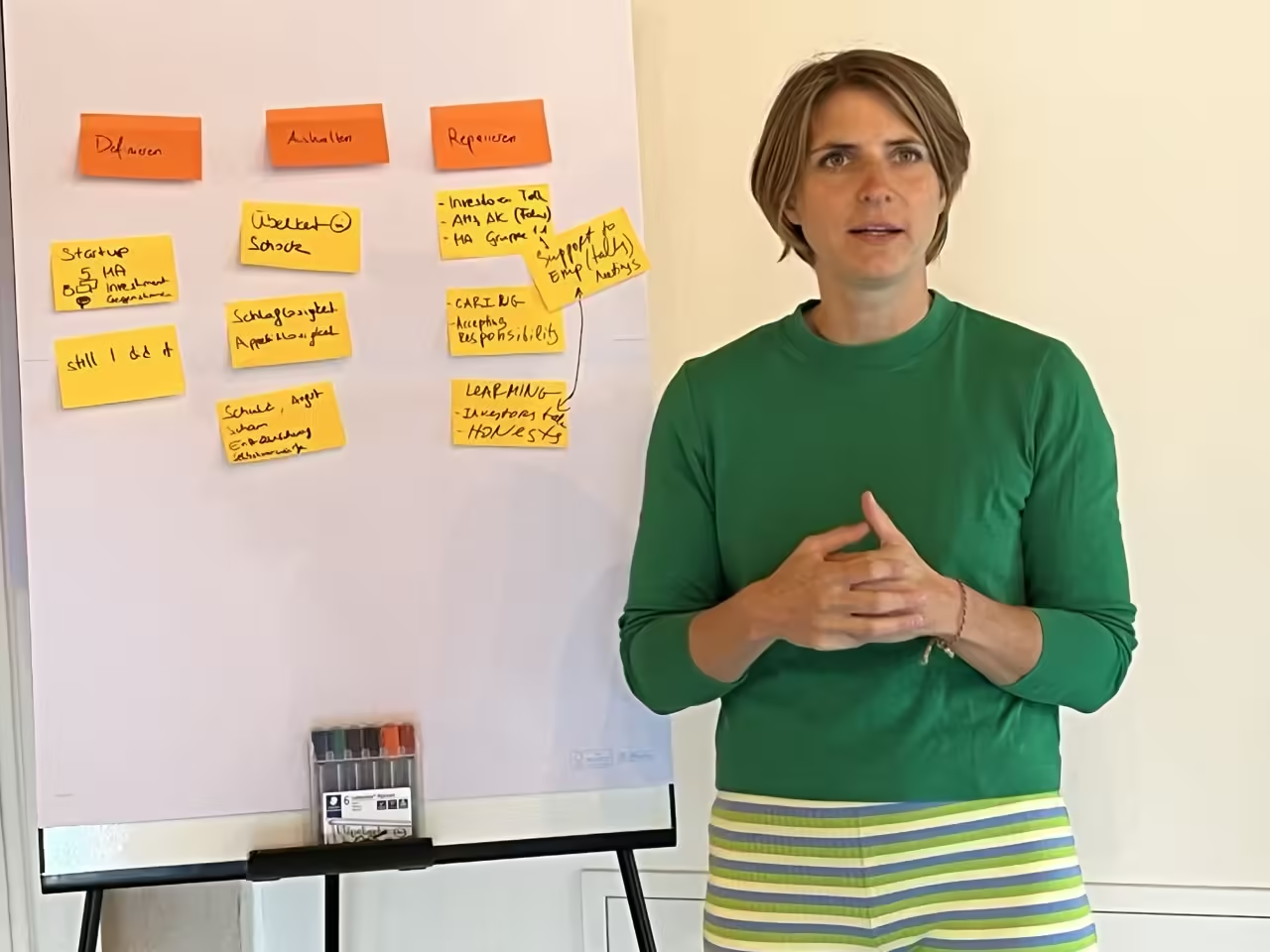Why Failing is Necessary for Startup Founders
Let’s get real for a moment: Have you ever failed beautifully? Not just failed—beautifully failed? The kind of failure that might make you want to hide under a rock, but later, you realize it was the best thing that could’ve happened?
Here’s the thing: society, especially in some parts of the world, has this weird relationship with failure. It’s often seen as this terrible, shameful thing—like falling flat on your face and never getting back up. When we think of failure, we usually picture words like shame, guilt, defeat, disappointment, and embarrassment.
You might imagine people pointing and laughing, or worse, being angry and disappointed in you. And let’s not forget the physical stuff: the knotted stomach, the sleepless nights, and that sinking feeling of dread.
We tend to beat ourselves up over failure. We think it makes us less, that we’re somehow broken. But, startup founders, listen up: that’s not true.
Failure is part of the process!
If you’re aiming to do something new, exciting, and innovative—you’re going to fail. And that’s a good thing.
 The Truth About Success and Failure
The Truth About Success and Failure
Success is awesome. It feels great, boosts your confidence, and fills your bank account. Who wouldn’t want that?
But if you chase success like it’s the only thing that matters, something weird happens. You become afraid. You start to fear trying new things, taking risks, and pushing boundaries—because, well, what if you fail?
But here’s where the magic comes in: failing is success. It’s just success in disguise, because every failure is a stepping stone to something bigger.
Thomas Edison didn’t say, “I failed 1,000 times.” He said, “I found 1,000 ways that didn’t work.” That’s not failure—that’s research and development!

Why Allowing Yourself to Fail is Key
Let’s break it down. Failure isn’t the enemy. In fact, here’s why embracing failure will help you succeed:
- Failure is the Best Teacher
Every time you fail, you learn. You figure out what doesn’t work, and more importantly, you learn about yourself. You learn your limits, your strengths, and the areas you need to improve. Failure isn’t about being wrong—it’s about gaining wisdom you can’t get any other way. - It Builds Resilience
When you fail, you have two choices: stay down or get back up. The more you get up, the stronger you become. Resilience isn’t built through success; it’s built through failure. And trust me, as a founder, resilience is your superpower. - Failure Breeds Innovation
Some of the most innovative ideas have come from mistakes. Think of it like this: failure cracks open doors you didn’t even know were there. Suddenly, you see new possibilities and solutions you’d never have considered if everything had gone smoothly. - It’s a Humbling Experience
Failure has a way of keeping you grounded. It reminds you that you don’t know everything, and that’s okay. It’s this humility that drives you to keep learning, keep growing, and keep creating. - It Fuels Your Motivation
Nothing lights a fire under you like failure. It pushes you to work harder, get smarter, and figure out what’s next. Success can make you comfortable, but failure? Failure makes you hungry. - It Makes You More Human
Nobody’s perfect. When you embrace failure, you also embrace your humanity. You give yourself permission to be vulnerable, to make mistakes, and to keep moving forward.
Failing Faster to Succeed Sooner
When you’re building a startup, the goal isn’t to avoid failure—it’s to fail faster. The quicker you fail, the quicker you learn, adapt, and figure out what works. Think of it like learning to ride a bike. You’re going to fall. It’s inevitable. But each fall teaches you balance, until suddenly, you’re riding without thinking about it.
Startups are no different. The faster you crash into obstacles, the faster you’ll find the way forward. It’s like playing a video game—you figure out the level, fail a few times, learn the pattern, and eventually, you beat the boss. No one wins the first time.
 How to Fail Beautifully: A Quick Guide
How to Fail Beautifully: A Quick Guide
Here’s your roadmap to failing with style and grace:
- Accept Failure
Everyone fails. It’s normal, so let’s stop pretending it’s not. Be kind to yourself when it happens. Yeah, it might sting, but treat it like a paper cut—not a broken arm. You’ll heal faster if you don’t dwell on it. - Analyze the Failure
Dig into the why. Why did it fail? Was it timing, execution, the market? Figure out the root cause, and—most importantly—learn from it. This is your goldmine of insights. - Change Your Perspective
Failure isn’t the end. It’s a new beginning. Shift your mindset to see failure as part of the journey. It’s not a roadblock; it’s a detour that could lead to a much better view. - Set New Goals
Based on what you’ve learned, adjust your sails. Reset your course and keep moving. Failure only means you’re getting closer to success. - Find Your People
Don’t go it alone. Talk to mentors, colleagues, or fellow founders. They’ve been there, and their advice can save you from making the same mistakes twice. - Celebrate Small Wins
Even in failure, there’s progress. Celebrate the little things—every lesson, every step forward. These small wins build momentum and keep you going. - Show Yourself Some Love
Be patient. Change takes time. Failure is part of the process, but so is self-compassion. Don’t be too hard on yourself—it’s all part of the game.
 Failing Forward
Failing Forward
So, why is it important to fail beautifully? Because failure is not the opposite of success—it’s a necessary part of it. When you allow yourself to fail, you take away the fear that holds you back. You free yourself to be creative, to take risks, and to break boundaries. And in doing so, you become a better founder, a stronger leader, and a more innovative thinker.
The next time failure comes knocking, don’t dread it. Embrace it. Learn from it. Laugh at it, even. Because the faster you fail, the faster you’ll succeed. And who knows? Your biggest failure might just be the beginning of your greatest success.
A Thank You Note
Everything I’ve shared with you about how to fail beautifully, I owe to the incredible experience I had at the workshop “Labor für schönes Scheitern” (Laboratory for Beautiful Failure). This unique space allowed me to experiment with failure in a safe and creative environment, to process the tough emotions that come with it, and to truly understand that even the worst-case scenario isn’t the end of the world.
A heartfelt thank you goes to Felicia Fuchs, who not only brought this idea to life but organized the workshop with so much care and intention. Her vision of creating a place where failure can be explored, embraced, and learned from is nothing short of inspiring. I also want to thank all the participants, who contributed to an atmosphere of openness and support. Without their courage and shared experiences, the self-awareness I gained would not have been possible.
 Ready to Experience Beautiful Failure yourself?
Ready to Experience Beautiful Failure yourself?
Discover more about embracing failure gracefully here: https://www.schoenscheitern.at
About the Author
Natascha Magdalena Trzepizur is a Social Media and Content Marketing Manager at INiTS. She had the pleasure of attending the two-day “Labor für schönes Scheitern” workshop, where she learned firsthand how to fail gracefully. With the aim of supporting startup founders, she is eager to share these insights, enabling them to more readily embrace failure as a vital component of their journey to success.







